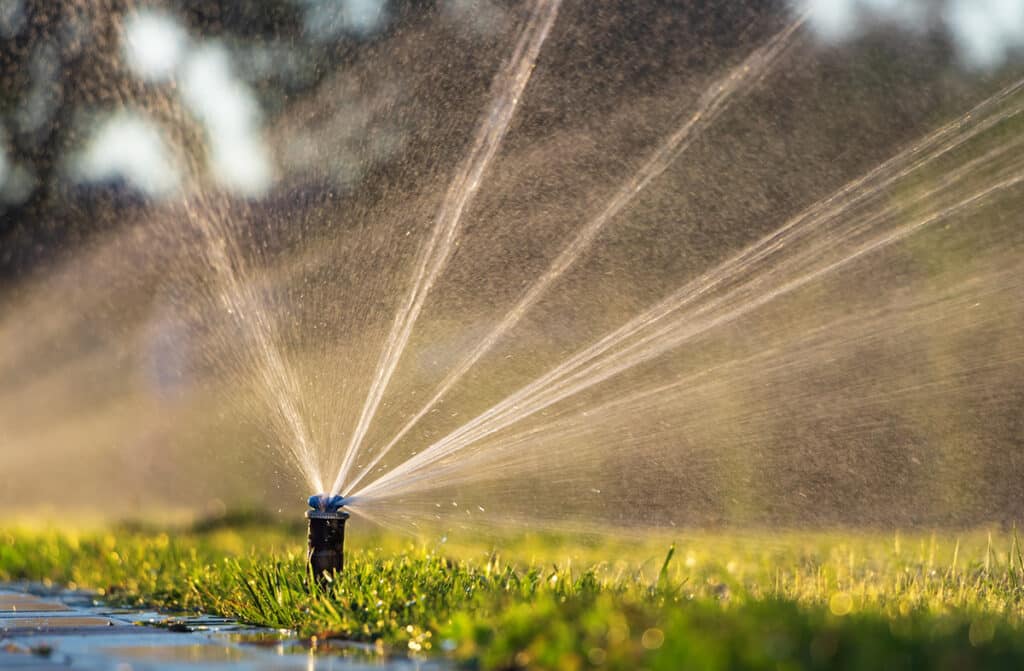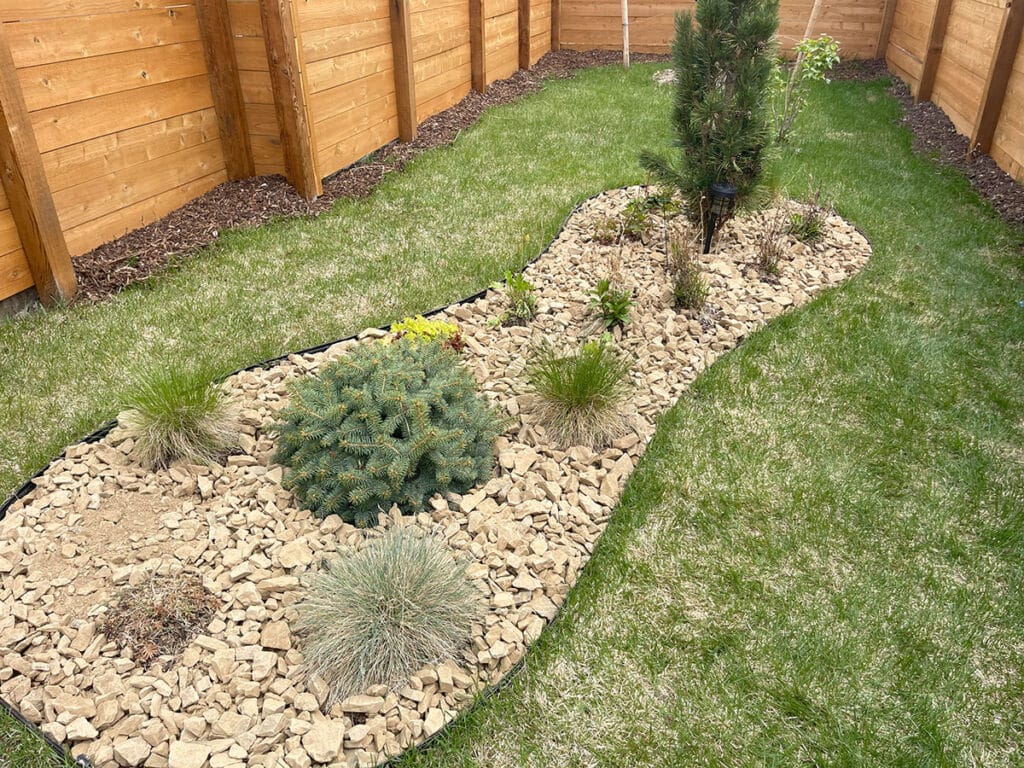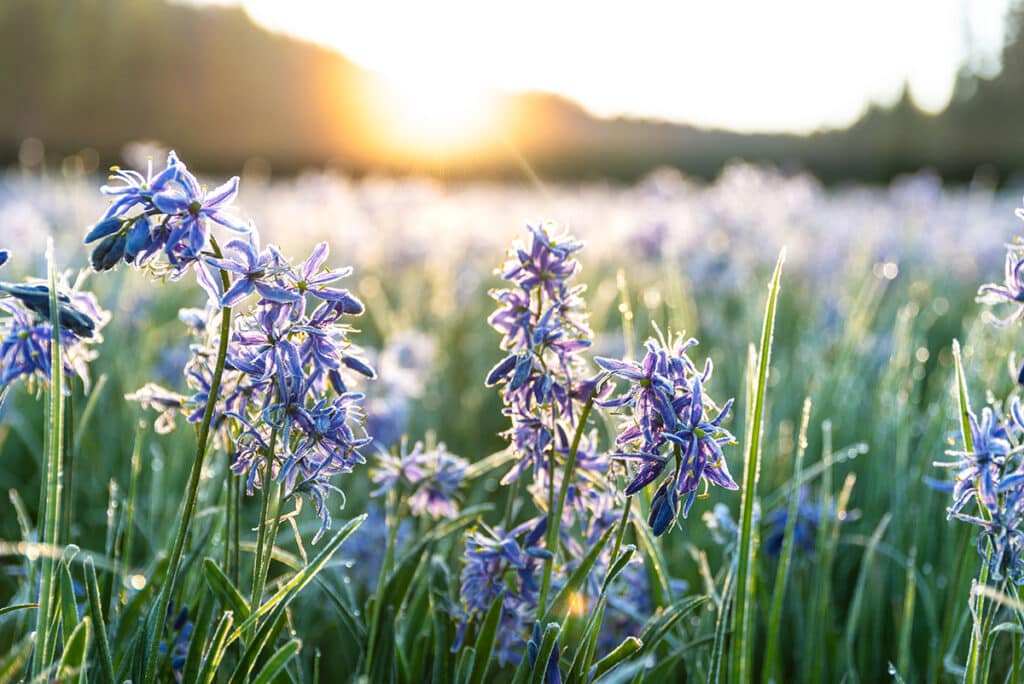Use native plants, incorporate rain gardens, and implement water-efficient irrigation for a sustainable landscape.
Designing a sustainable landscape involves creating an environmentally friendly and resource-efficient outdoor space that minimizes negative impacts on the ecosystem. Here are key principles and practices to guide you in designing a sustainable landscape:
Directions
1. Native Plants
Choose Native Species: Use native plants that are adapted to the local climate and require less water and maintenance. Native plants also support local wildlife.
2. Water Conservation
Efficient Irrigation: Install efficient irrigation systems, such as drip irrigation, to minimize water waste. Group plants with similar water needs together.
Rainwater Harvesting: Capture and use rainwater for irrigation. Install rain barrels or cisterns to collect rainwater from roofs.

3. Soil Health
Mulching: Use organic mulch to retain soil moisture, suppress weeds, and improve soil fertility. Mulch also helps prevent soil erosion.
Composting: Implement composting to enrich the soil with organic matter. Healthy soil supports plant growth and reduces the need for fertilizers.
4. Wildlife-Friendly Design
Provide Habitat: Create spaces that provide habitat for local wildlife. Include native plants, birdhouses, and water features to attract beneficial insects and birds.
Avoid Harmful Chemicals: Minimize or eliminate the use of pesticides and herbicides that can harm beneficial insects and disrupt the ecosystem.
5. Energy Efficiency
Use Renewable Energy: If incorporating lighting or other features, consider using solar-powered options to reduce reliance on non-renewable energy sources.
6. Recycled & Local Materials
Choose Sustainable Materials: Opt for recycled or locally sourced materials for hardscape elements like pathways, patios, and retaining walls. This reduces the environmental impact of transportation.
7. Low-Impact Construction
Protect Existing Ecosystems: Minimize disturbance to existing ecosystems during construction. Preserve mature trees and natural features whenever possible.
8. Permeable Surfaces
Use Permeable Paving: Choose permeable materials for driveways and walkways to allow water to penetrate the soil, reducing runoff and promoting groundwater recharge.
9. Energy-Efficient Lighting
LED Lighting: If outdoor lighting is necessary, use energy-efficient LED fixtures. Consider motion sensors or timers to reduce unnecessary energy consumption.
11. Edible Landscaping
Grow Edibles: Incorporate edible plants into your landscape design. This not only provides fresh, homegrown produce but also promotes sustainability.
12. Permaculture Principles
Apply Permaculture:** Integrate permaculture principles, such as designing for diversity, observing and interacting with the environment, and maximizing functional elements.
13. Xeriscaping
Xeriscape Design: Implement xeriscaping principles, which focus on water conservation through efficient landscaping practices. This includes using drought-tolerant plants, efficient irrigation, and mulching.
14. Community Engagement
Educate and Involve the Community: Share your sustainable landscaping practices with neighbors and the community. Encourage others to adopt eco-friendly landscaping practices.
15. Long-Term Maintenance
Plan for Sustainable Maintenance: Consider the long-term maintenance of the landscape. Choose plants and features that are low-maintenance and sustainable over time.
16. Certification Programs
Explore Certification: Investigate landscape certification programs, such as LEED (Leadership in Energy and Environmental Design) for Homes or Sustainable SITES Initiative, to guide your sustainable design efforts.
17. Adaptive Planting
Plan for Climate Change: Consider the potential impacts of climate change when selecting plants. Choose species that are adaptable to changing conditions.
18. Green Roofs & Walls
Incorporate Green Roofs or Walls: If feasible, consider incorporating green roofs or walls to improve insulation, reduce heat island effects, and enhance biodiversity.
19. Educational Signage
Informative Signage: Consider installing informative signage to educate visitors about the sustainable features of your landscape, promoting awareness and inspiration.
20. Regular Monitoring
Monitor and Adjust:** Regularly monitor the performance of your sustainable landscape. Make adjustments as needed to address changes in plant health, water needs, or other factors.
Final Thoughts
By integrating these sustainable landscape design principles, you can create an outdoor space that not only enhances the beauty of your property but also contributes to environmental conservation and resilience.



